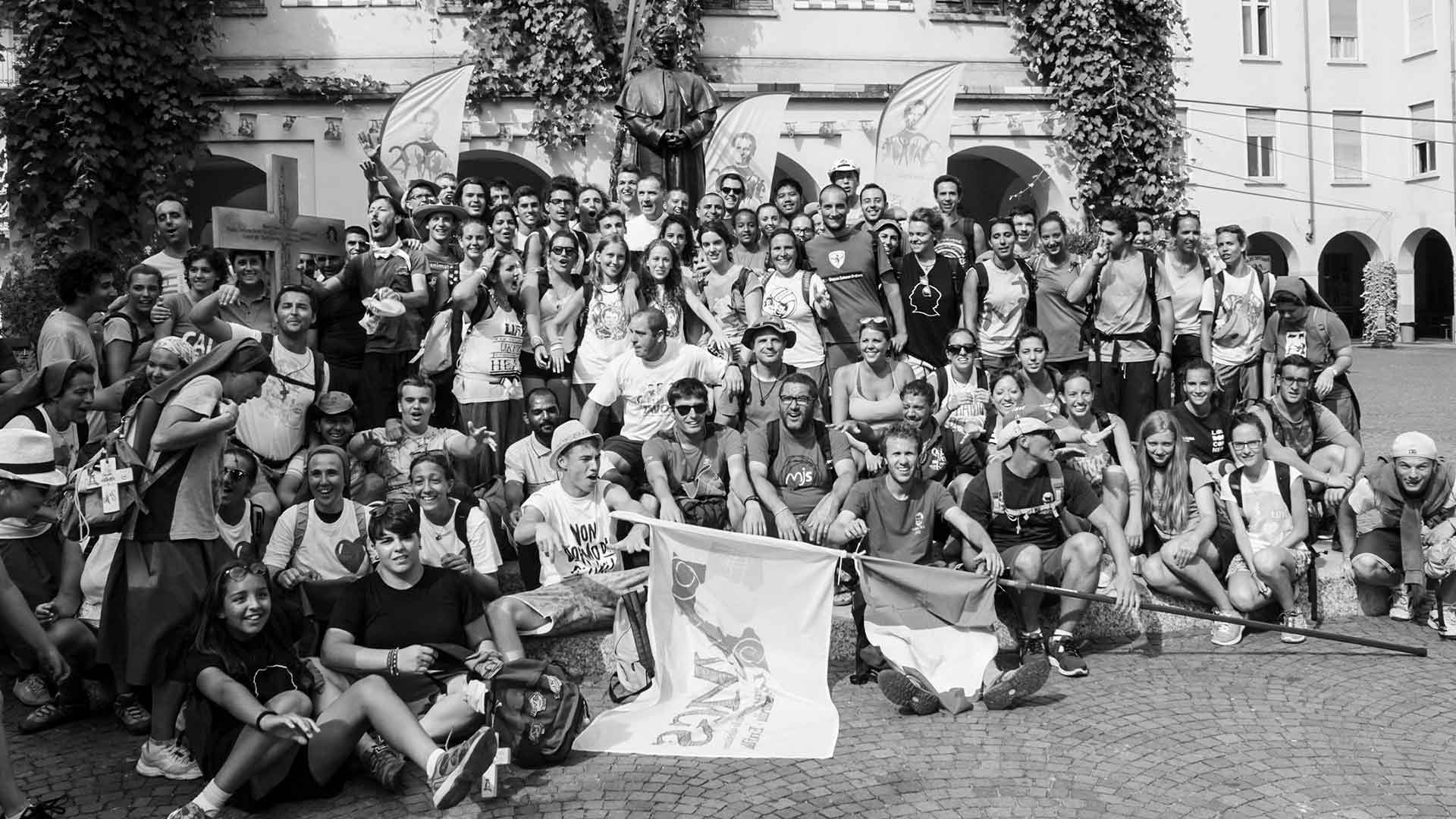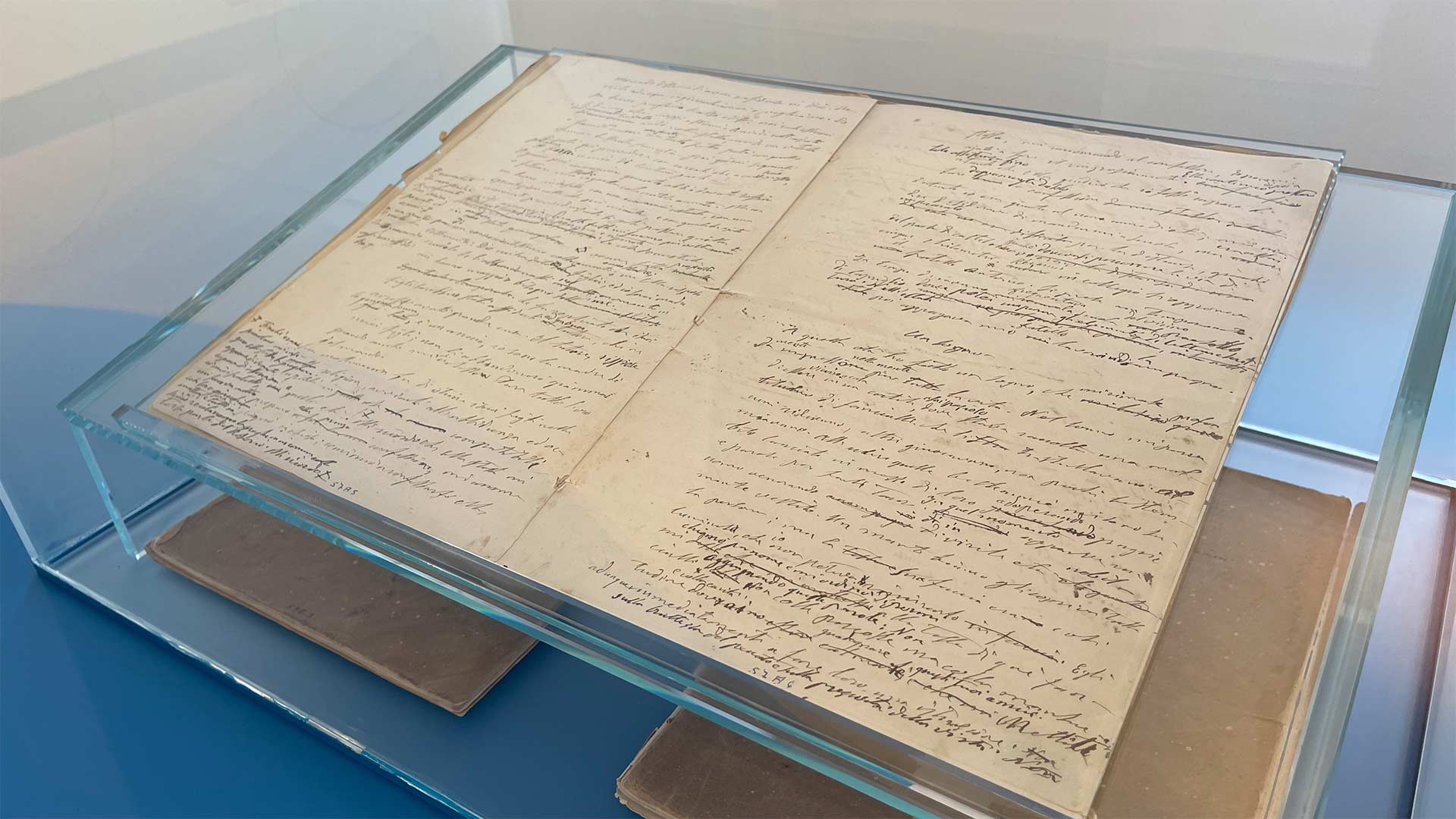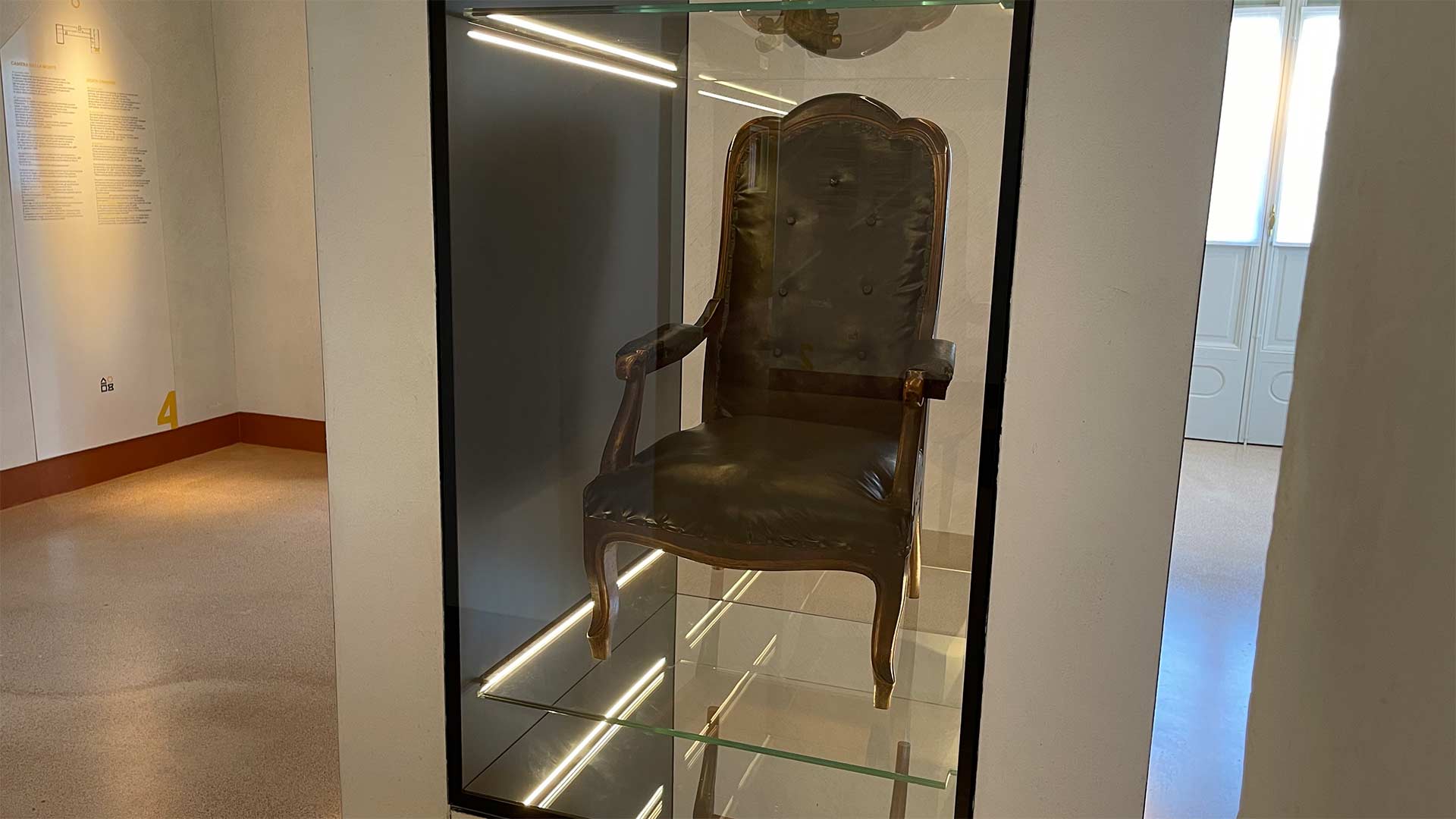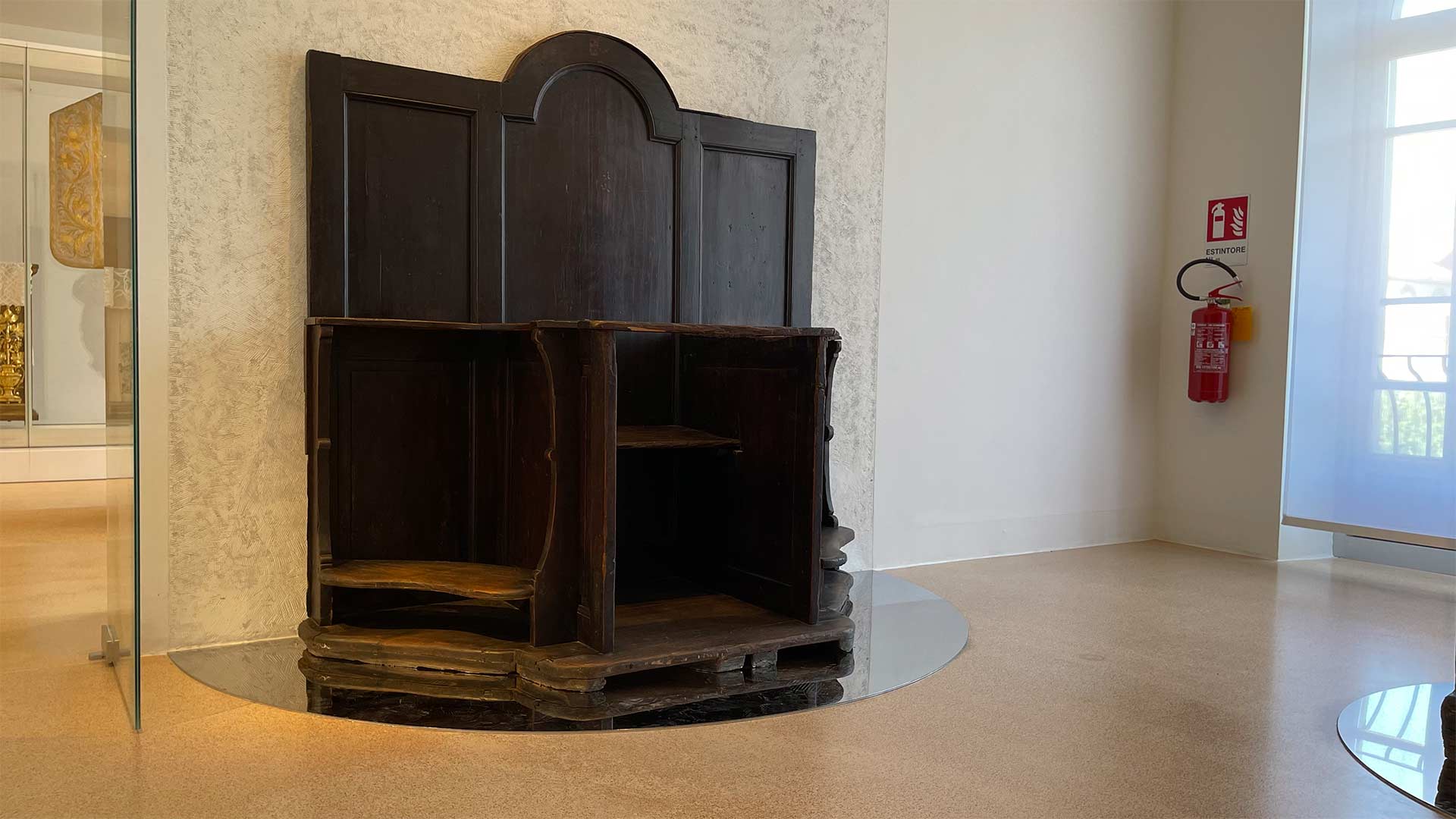
The Saint of Youth People.
The significant events in the life of St. John Bosco in Valdocco are inseparable from the historical places of the first Oratory where they occurred.
1846
On Sunday April 12, 1846 Don Bosco arrives in Valdocco with his band of young people. He transforms the Pinardi tool shed into the first Oratory chapel. Six years later, from 1852 – 1856, the chapel was repurposed as a study hall, then as a dormitory for resident students. From 1856 – 1927, it served as the dining hall for the first Salesian community. Finally, in 1928 the site was restored to its original use as a chapel. Today, the memory of the original chapel is carried by the only remaining relic from the early days: a statue of Our Lady of Consolation (La Consolata).
1852
In 1852, Don Bosco builds the Church of St. Francis de Sales. It contains Don Bosco’s original pulpit, the altar where St. Dominic Savio experienced his eucharistic ecstasy, and the side chapel of the Immaculate Conception where, in 1856, Domenic founded his peer ministry group entrusted to her patronage.
1853-56
Over the next three years, a flurry of new construction projects transforms Valdocco. In 1853, Don Bosco builds the wing which houses the camerette, his personal living quarters. In 1856, he demolishes the original Pinardi House and Chapel in preparation for a new building to connect the Church of St. Francis de Sales with the camerette wing. He then excavates beneath the Good Night Portico to create a basement dining hall and kitchen, both of which are now accessible as part of Casa Don Bosco Museum.
1856
After ten years at the Oratory, Mama Margaret dies on November 25, 1856. On the second floor of Casa Don Bosco, a canvas enclosure and what remain of her personal effects honour the spot where she passed into eternity.
1858
In 1858, Don Bosco builds a large dining hall under the Church of St. Francis de Sales to accommodate the great number of artisans enrolled at the Oratory. Until 1927, this refectory also served as the first salesian theatre, where John Cagliero’s sonatas were introduced. Today, the space houses four permanent collections which Casa Don Bosco inherited from the former Marian Museum and the Treasures of the Basilica.
1859
1859 is a pivotal year for Don Bosco: he founds the Salesian Congregation. This event was as impactful as it was humble: it took place in what was Don Bosco’s first bedroom. The minutes of the Congregation’s foundation are on display there.
1861
After another building expansion project in 1861, Don Bosco moves into his new bedroom, which also serves as his office and parlour. He lives here until December 1887. Casa Don Bosco, after a thorough restoration based on the meticulous scrutiny of historical sources, has recreated our founder’s bedroom, complete with original furniture and appointments, arranged exactly as Don Bosco had it.
1868
Begun in 1863, the Basilica was completed In 1868. On display in Casa Don Bosco are original paintings which Fr. Michael Rua commissioned for the Basilica after Don Bosco’s death, as well as Rollini’s sketch for the major cupola, entitled the Glories of Mary, Help of Christians.
1876
In 1876, two new rooms are added to the Camerette wing: a parlour for visitors and a room for the daily activities of the Oratory. In time, one room becomes Don Bosco’s chapel and the other the room is where he passes into eternity.
1886
As his health deteriorates, Cardinal Alimonda, bishop of Turin, gives Don Bosco an altar for his personal chapel. Today, that altar on which Don Bosco celebrated his last mass is reverenced in the new chapel of Casa Don Bosco. In the historical chapel is the armchair in which they sat Don Bosco’s body on the day of his death.
1888
JANUARY 31
On January 31, 1888, in the room adjacent to the usual bedroom, Don Bosco passes from time into eternity. His priestly clothing and personal effects are thoughtfully displayed where his deathbed was located. The room retains a noble simplicity which invites visitors to ponder with gratitude the life and the gift of this holy priest of Turin, the Father, Teacher and Friend of youth.






FOLLOW US.
Facebook
Instagram
Youtube
Vimeo
Linkedin
Pinterest
Subscribe to our newsletter.
Receive updates on new exhibits, conferences and events at Casa Don Bosco Museum.